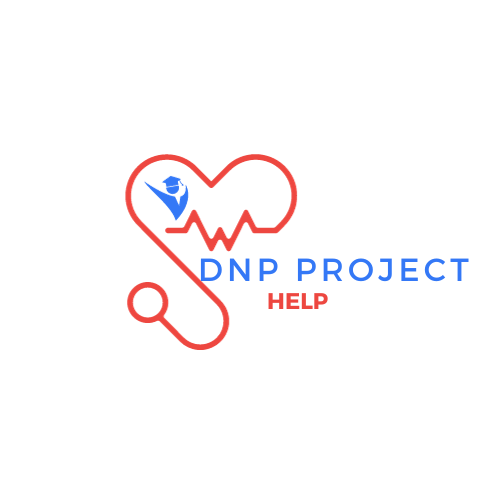
Question
Which epidemiological study design would you use to evaluate an intervention in your practice? Provide a description of the chosen population and the identified intervention. Provide support as to why you believe that the design you chose is the best option including the strengths and weaknesses of the design you have chosen.
Description
Epidemiological research comes in three main types: cross-sectional, case-control, and cohort studies. Cross-sectional studies give us a snapshot of a population by examining both exposures and outcomes simultaneously. Cohort studies group people based on exposure and follow them over time to observe outcomes, while case-control studies group people based on outcomes and look back at their past exposures.
In evaluating the use of Ultrasound-Guided Peripheral Intravenous (USGPIV) in my practice, I’d lean toward a cohort study. This design offers advantages like providing high-quality data on exposure and variables while minimizing bias. However, it comes with drawbacks – being more expensive, time-consuming, and less suitable for diseases with a lengthy period between exposure and outcome.
The research plan involves comparing standard care to the vascular access team’s approach to determine the necessity of a central line. Following Savage et al.’s (2019) methodology, the study calculates Central Line Bloodstream Infection (CLABSI) rates based on the number of cases divided by the total central line days. The introduction of the USGPIV intervention prompts the collection of post-implementation data, allowing for a comparison with pre-intervention data to gauge its effectiveness.
While this study design has strengths in its straightforward setup and variable management, it does have limitations. It cannot definitively claim that USGPIV is the sole solution for preventing CLABSI. The research is grounded in the support of similar cohort studies conducted by Johnson et al. (2016) and Reeves et al. (2017), adding credibility to its potential impact on preventing CLABSI. This approach allows for a comprehensive assessment of the effectiveness of USGPIV, building upon existing knowledge in the field.
Reference
Belbasis, L., & Bellou, V. (2018). Introduction to Epidemiological Studies. Methods in Molecular Biology 1793, 1–6. https://doi.org/10.1007/978-1-4939-7868-7_1
Johnson, D., Snyder, T, Strader, D., & Zamora, A., (2016). Positive influence of a dedicated vascular access team in an acute care hospital. Journal of the Association for Vascular Access, 22(1), 35-37. https://doi.org/10.1016/j.java.2016.12.002
Joint Commission (n.d.) Outcome and Process Performance Measures.
https://www.jointcommission.org/-/media/tjc/documents/resources/health-services- research/clabsi-toolkit/clabsi_toolkit_tool_5-6_outcome_and_process_performance_measurespdf.pdf? db=web&hash=E27E6DA0C8DA319E33B5F5500E28CC77&hash=E27E6DA0C8DA319E33B5F5500E28CC77
Reeves, T., Morrison, D., & Altmiller, G. (2017). A nurse-led ultrasound-enhanced vascular access preservation program. The American Journal of Nursing, 117(12), 56-64.
Savage, T.J., Lynch, A.D. and Oddera, S.E. (2019) Implementation of a Vascular Access Team to Reduce Central Line Usage and Prevent Central Line-Associated Bloodstream Infections.
Journal of Infusion Nursing. 42(4):193-196.
Must Read:


